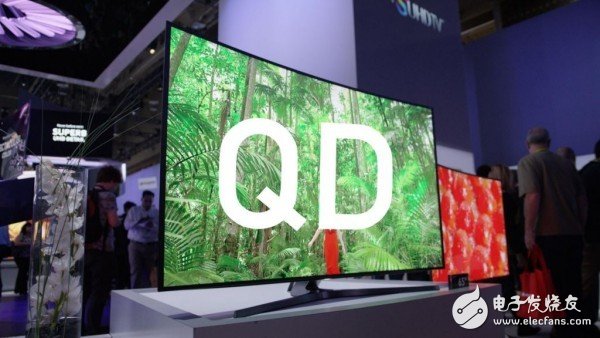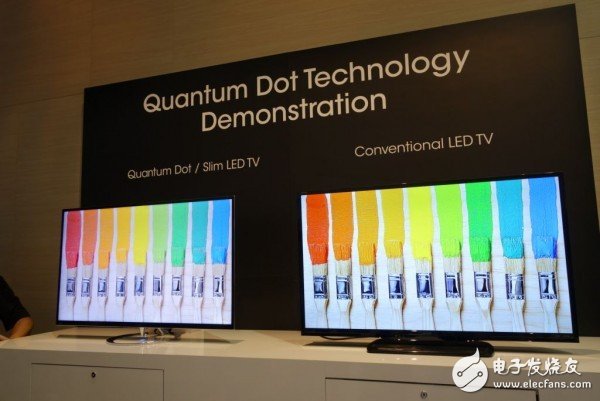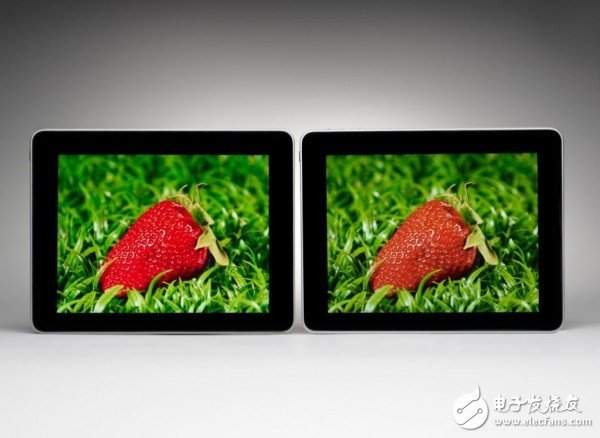Samsung recently acquired QD Vision, a company based in Massachusetts, USA. Although the company is not well known to the public, its progress in quantum dot technology is industry leading. With that said, you will be able to immediately understand the purpose of Samsung, which is consistent with Samsung's big goal in the TV field. For the popularization and promotion of quantum dot technology, Samsung has absolutely spared no effort. As early as this year, Samsung promised to use quantum dot technology for all 14 SUHD TVs launched in 2016.
Samsung focusing on quantum dots

Nowadays, it is an era when various technologies are beginning to mature. This is especially evident in the TV market. Together with the propaganda, manufacturers are also desperately trying to promote the “unclear†technical concepts. After entering 2016, People find that they are facing a noun that is brain-burning. 4K and HDR technologies are emerging as megatrends. LG is now pushing the OLED, so there is a corresponding side of the mobile phone. However, the various concepts that people can't understand are still endless.
It is understood that after the acquisition of QD Vision, the entire team will join Samsung's R&D department to study the development of quantum dot LED screens. So, what kind of technology is quantum dot, and it is worth investing in Samsung?
What is quantum dot technology?
The first thing to be clear is that the existing TVs using quantum dot technology are essentially the same as LCD TVs. One of the biggest features of OLED TVs is the self-illumination of pixels, so it does not require a backlight panel. Quantum dot TVs, like LCD TVs, also require a backlight panel. Therefore, it has the same advantages and disadvantages as LCD TVs in some places.
But when we talk about the color of the backlight, the difference comes. Most LCD TV backlights use white light, but quantum dot TVs use blue light. Although they all use blue LEDs, ordinary LCD TVs are also coated with a yellow fluorescent layer to make the light appear white. Quantum dot TVs use a blue backlight, while quantum dots emit green or red light. When the blue light is on these quantum dots, it will emit such a very strong light.
Interestingly, the color of a quantum dot is determined by its size. The quantum dots that emit red light are larger, roughly equivalent to the diameter of 50 atoms; the quantum dots that emit green light are smaller, roughly equivalent to 30 atoms. These are true colored light with very high purity. Therefore, compared to the traditional LCD TV, the color of the picture will be more full and vivid. In contrast, the white light used in LCD TVs is too dense to "contaminate" the picture, making it difficult to get full and accurate colors.
Advantages and disadvantages of quantum dots

The advantages of quantum dots, as mentioned above, are first of all a very accurate color representation. The color of the light emitted by a quantum dot is closely related to its size, so it can be more precise in adjustment, which means that the color will be purer, more accurate, and the white will look cleaner.
Another point is that quantum dot TVs have higher brightness. It has also been mentioned before that the quantum dots emit red and green light when exposed to blue light. John Walkerman, QD Vision's chief marketing officer, explained that blue is a very important part of the spectrum and the most energetic part, much stronger than red and green. Refraction of high-energy light to a lower energy state produces red and green much better, and vice versa is as difficult as pushing a stone up the mountain.
There are already some mobile devices that use quantum dot technology, such as Amazon's Kindle Fire HDX 7 and HDX 8.9, and ASUS's ZenBook NX500. Quantum dot technology is more efficient and therefore more energy efficient than a typical LCD screen.
In addition, for manufacturers, the highly similar processing of quantum dot technology and traditional LCD technology means that the original production line does not have to be completely cut off and re-trained, which is also a key to cost savings.
We just said that the excessive sub-point screen is also an LCD screen, so the latter has some disadvantages as well as the former, especially the edge leakage problem. On devices using quantum dot technology, you may be able to notice the blue light leaking from the edges, which is a truth to those devices that leak white light.
Compared with OLED?

Although quantum dot technology is much stronger than traditional LCD technology, it does not necessarily compete with OLEDs. We have said that OLEDs have the characteristics of self-illumination of pixels, so when the pixels are off, we can see the darkest black. This very high contrast ratio, which still requires backlighting, is hard to match.
In terms of energy consumption, OLEDs also seem to have considerable advantages. It is also the characteristic of self-illumination of pixels, which is more energy-efficient than equipment that requires backlighting at all times. This is a matter of course.
Some industry insiders believe that quantum dot technology should not be regarded as a new technology, but an improvement. It is based on already highly mature LCD technology, and the cost and implementation difficulty should theoretically be better than existing OLED TVs. However, driven by increasing demand, the continuous advancement of OLED technology can not be underestimated.
Nowadays, Samsung has developed a so-called QLED technology. The QLED technology is a more advanced application of quantum dots. It directly drives the quantum dots by electric driving, and then produces images by mixing colors. In this way, both the liquid crystal and the backlight panel are not required. From this point of view, QLED is similar to OLED, which is the magic of science.
Samsung said that OLED TV has a low yield and low production difficulty, and the blue pixel is easily attenuated, resulting in limited life. Therefore, it decided to skip the OLED and directly enter the QLED that theoretically combines the advantages of both LCD and OLED. However, the TV market has many technical concepts, and it is also a difficult thing to judge.
Introduction
SCOTECH manufactures a full range of pole mounted distribution transformers, they are mounted on electrical service pole at the level of overhead cables, normally oil immersed type and used in extensive rural area, they are compact in size and small in mass so that it is easy for installation, far away from the ground level makes it inaccessible, reducing the risk of injury to animals and people and minimize the vandalism.
Scope of supply
Primary voltage up to 35KV
Rated power: up to 500KVA
Installation: pole mounted
Standards
SCOTECH`s three phase distribution transformers are designed and manufactured in accordance with all major international standards (IEC, ANSI, UL, etc.)
Why SCOTECH
Long history- Focus on transformer manufacturing since 1934.
Technical support – 134 engineers stand by for you 24/7.
Manufacturing-advanced production and testing equipment, strict QA system.
Perfect service-The complete customer service package (from quotation to energization).
Pole Transformer,Pole Mounted Transformer,3 Phase Pole Mounted Transformer,Single Phase Pole Mounted Transformer
Jiangshan Scotech Electrical Co.,Ltd , https://www.scotech.com